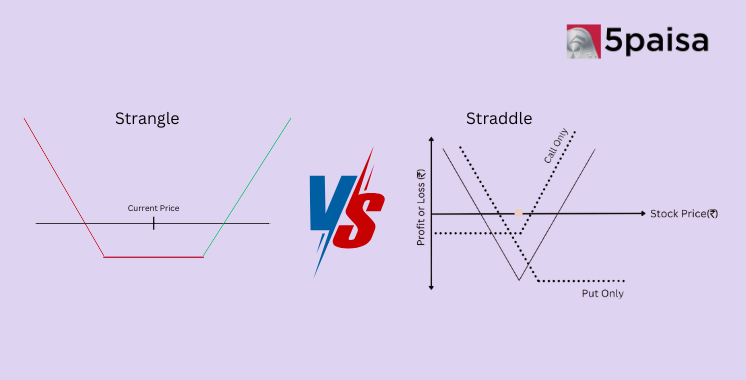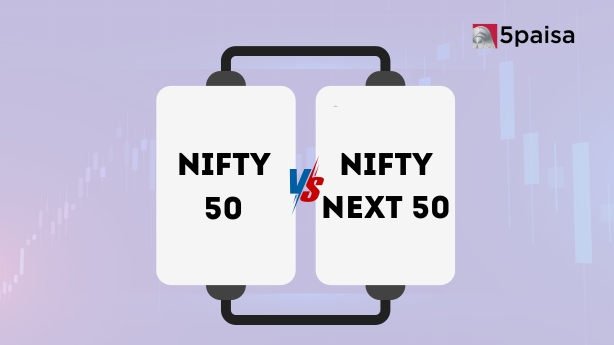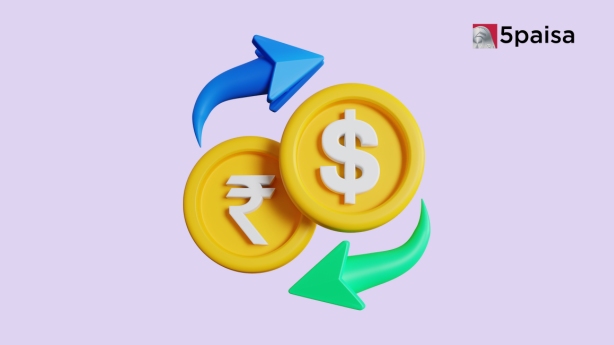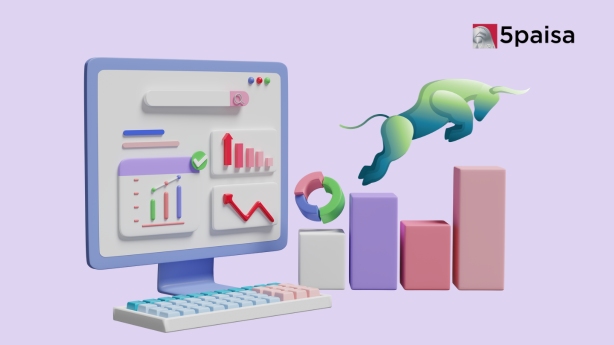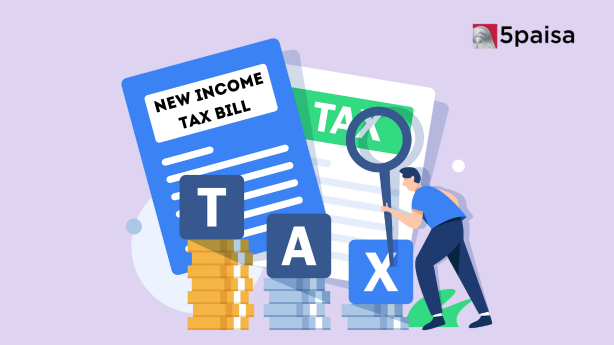Explained: How a new RBI move will help equity investors, ecommerce customers

If you are a stock market investor or buy stuff online, this one is for you.
The Reserve Bank of India (RBI) on Wednesday enhanced the capabilities of the Unified Payments Interface (UPI) by introducing a ‘single-block-and-multiple debits’ functionality. This allows a customer to enable a payment mandate against a merchant by blocking funds for specific purposes in his/her bank account which can be debited, whenever needed.
Also, the RBI said the Bharat Bill Payment System (BBPS) will now include a wider variety of recurring and non-recurring payments.
What exactly is this in plainspeak?
The single-block-and-multiple debits feature is expected to have multiple use cases in various segments, such as e-commerce transactions, investment in the secondary market and purchase of government securities using the RBI’s Retail Direct scheme.
The RBI will issue instructions to the National Payments Corporation of India (NPCI), which runs and manages UPI, on this functionality shortly.
What will a customer be able to do with the new facility?
With the single-block-and-multiple debits capability, a customer will be able to block an amount for a specific merchant, who can keep debiting from the same blocked amount until it gets exhausted.
Similarly, this is also expected to be useful in the Securities and Exchange Board of India’s (SEBI) idea of developing an ASBA payment system for the secondary market, whereby T+1 settlement would get a boost.
What threshold limits are being explored by the RBI?
According to a Business Standard report, the limits being explored are Rs 5 lakh for secondary market purchases, Rs 2 lakh for e-commerce transactions with verified merchants, and Rs 1 lakh for merchants in unverified categories.
What do experts have to say about the new feature?
According to experts, this feature will provide a boost to the already burgeoning payment volumes of UPI. Currently, UPI enables mandates for recurring transactions and single-block-and-single-debit functionality. Consequently, over 7 million autopay mandates are handled every month and more than half of IPO applications are processed using the block feature of UPI.
What does the RBI itself have to say?
According to the RBI, this feature will build a higher degree of trust in transactions as merchants will be assured of timely payments, while the funds remain in the customer’s account until delivery of goods or services.
How big is UPI in India?
UPI has emerged as one of the most popular and preferred payment modes in the country. According to the latest data, UPI processed 7.30 billion transactions in November, amounting to Rs 11.90 trillion. Volume and value of UPI transactions have continued to be on an upward trajectory in the past two years, mirroring the recovery in the broader economy and the increased adoption of consumers to use digital modes of payments for their daily transactions.
In FY23 so far, UPI has processed 51.62 billion transactions, amounting to Rs 87 trillion. In FY22, UPI processed more than 46 billion transactions worth over Rs 84.17 trillion.
- Flat ₹20 Brokerage
- Next-gen Trading
- Advance Charting
- Actionable Ideas
Trending on 5paisa
Indian Stock Market Related Articles
Disclaimer: Investment in securities market are subject to market risks, read all the related documents carefully before investing. For detailed disclaimer please Click here.
 Tanushree Jaiswal
Tanushree Jaiswal
 5paisa Research Team
5paisa Research Team
 Sachin Gupta
Sachin Gupta
